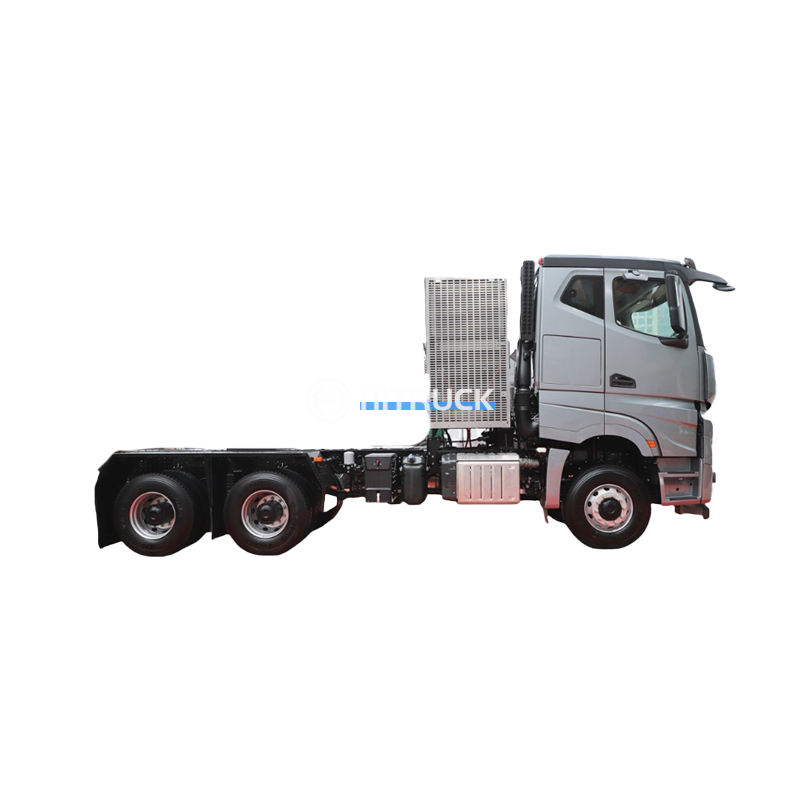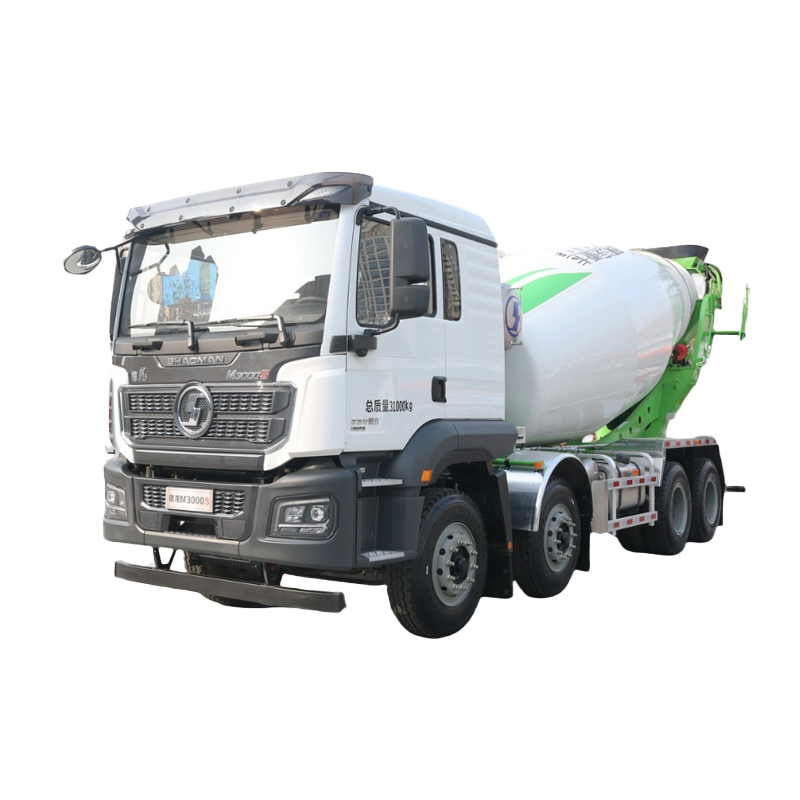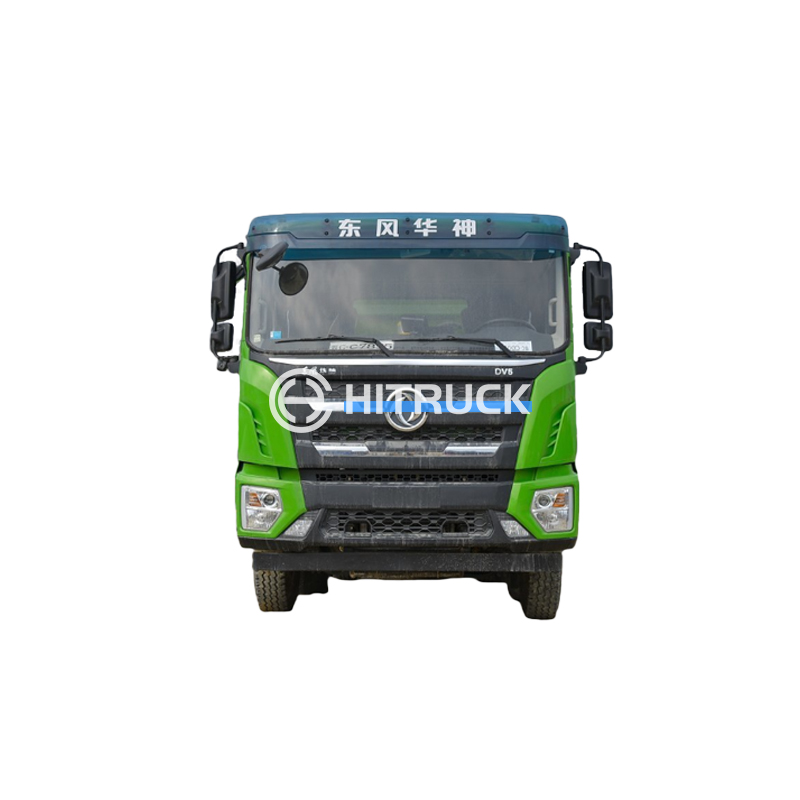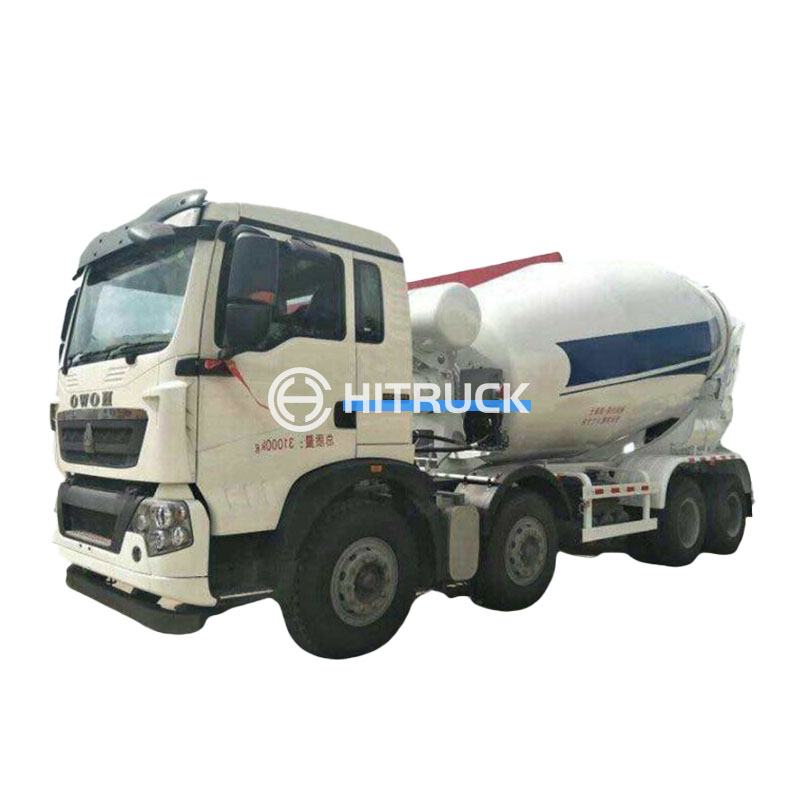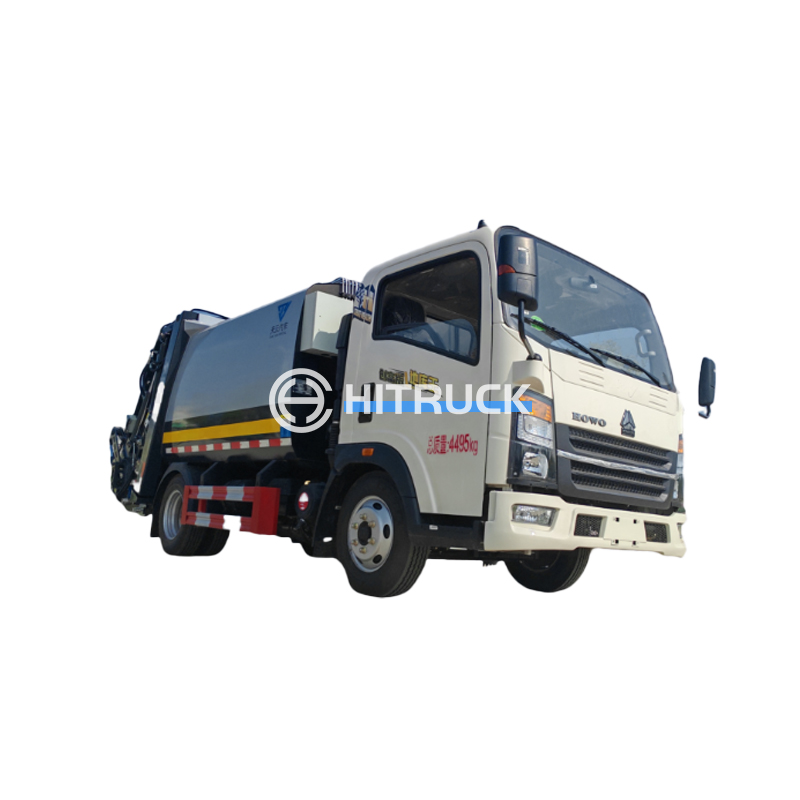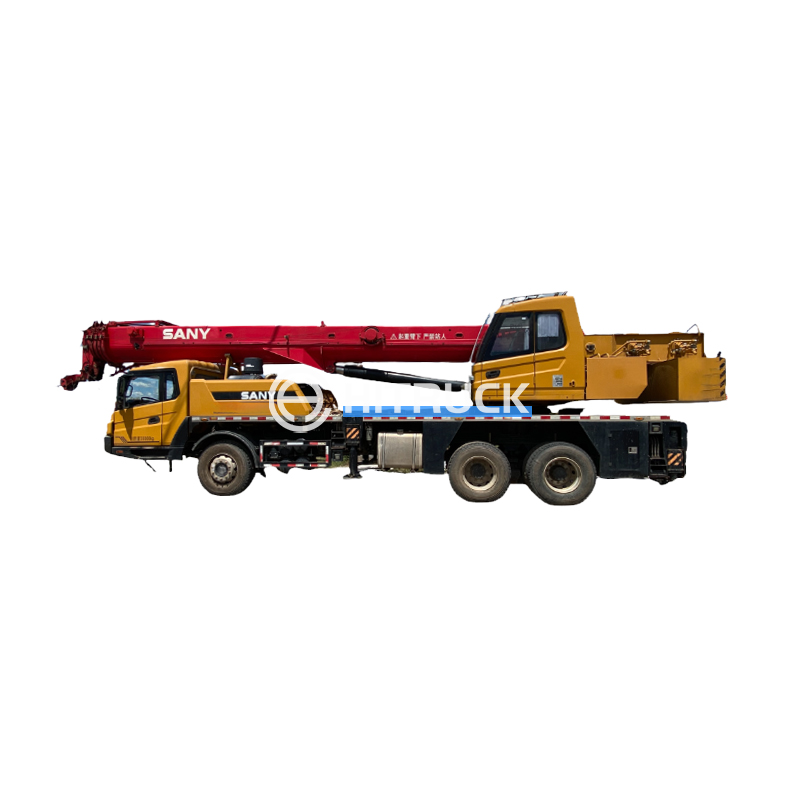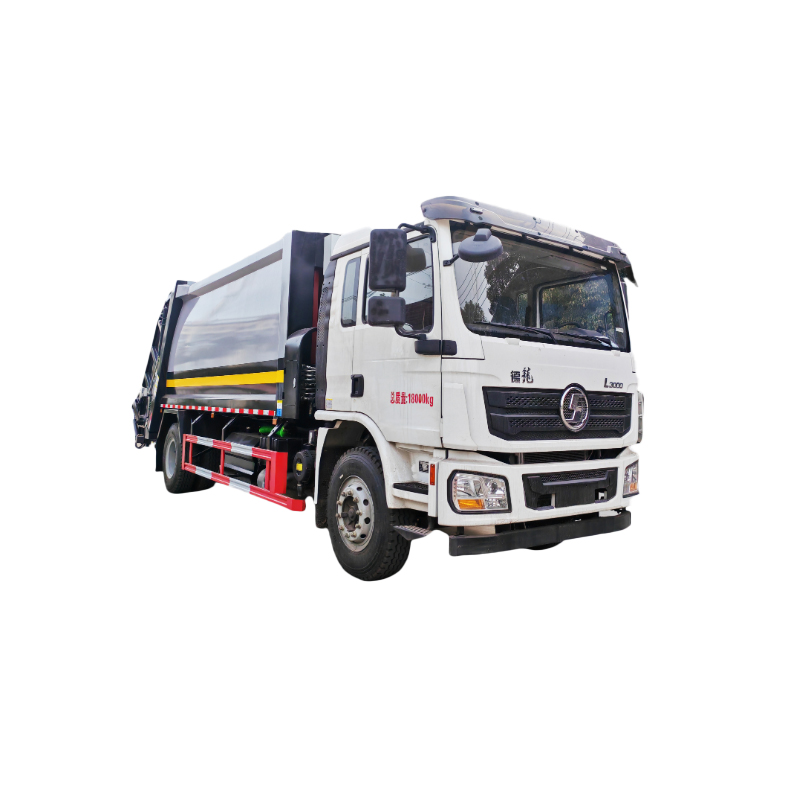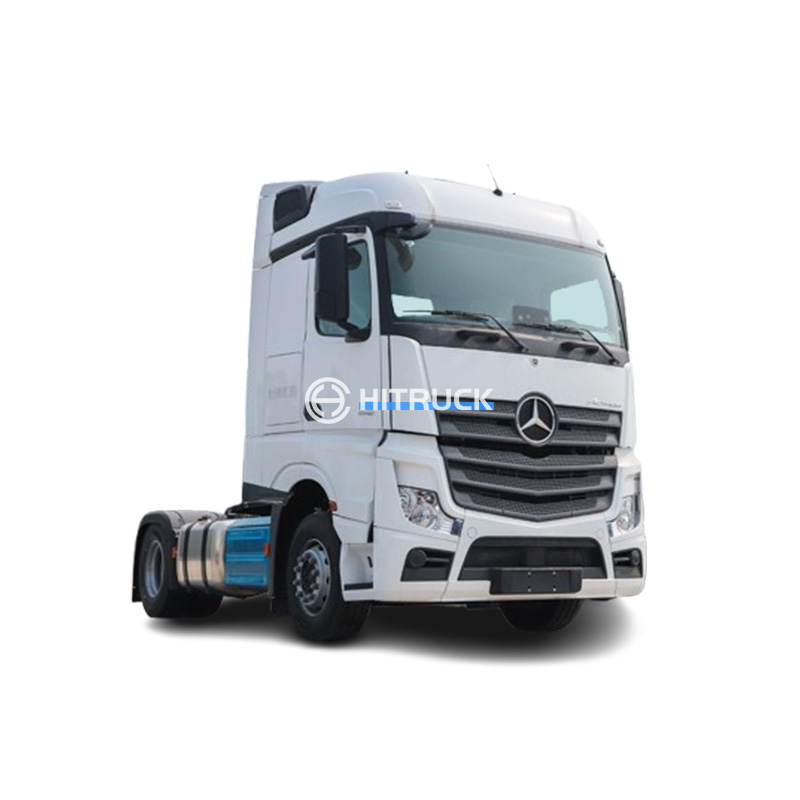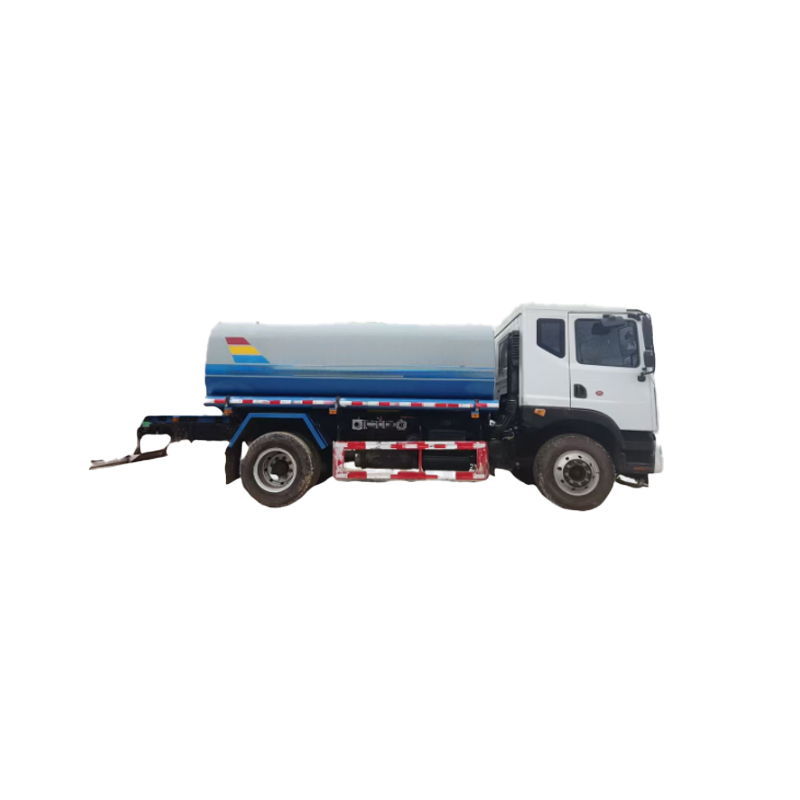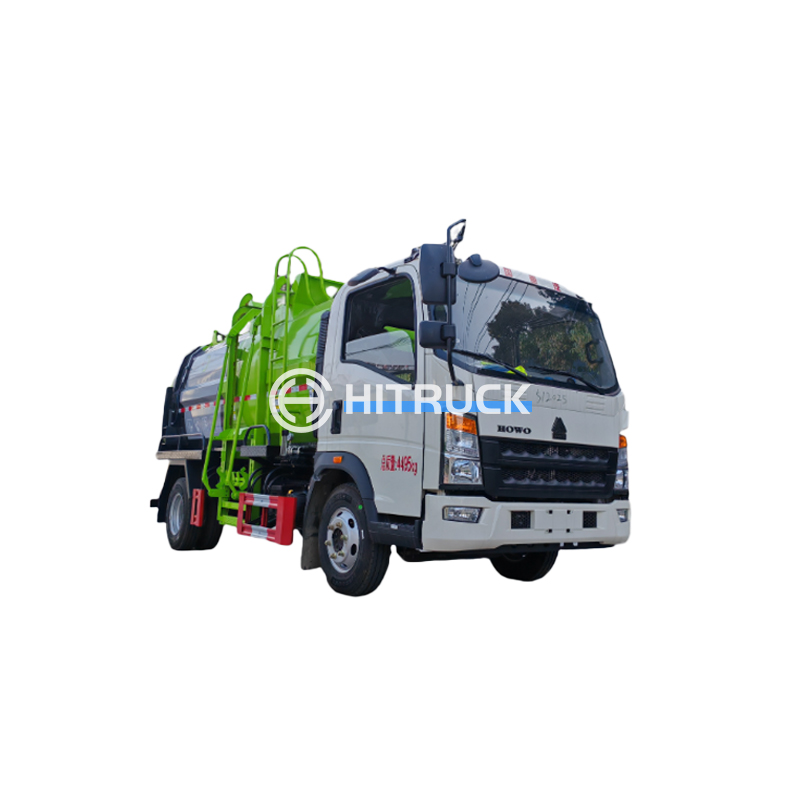This guide provides a detailed overview of overhead shop cranes, covering their types, applications, safety considerations, and selection criteria. Learn how to choose the right crane for your workshop needs and ensure safe and efficient operation. We'll explore various aspects, from understanding load capacities to complying with safety regulations.
Overhead traveling cranes are commonly used in workshops and industrial settings for lifting and moving heavy loads. They consist of a bridge structure traveling on runways, supporting a trolley that moves along the bridge. These cranes offer excellent versatility and are suitable for a wide range of applications. Consider factors like span, lifting capacity, and hook height when choosing an overhead traveling crane. For robust and reliable options, explore the selection at Suizhou Haicang Automobile sales Co., LTD.https://www.hitruckmall.com/
Jib cranes are another popular choice, particularly in smaller workshops or areas with limited space. These cranes have a fixed jib arm extending from a mast, providing a shorter reach than overhead traveling cranes. They are often wall-mounted or free-standing, making them adaptable to diverse environments. Jib cranes are ideal for lifting moderate loads in localized areas. When selecting a jib crane, carefully evaluate its lifting capacity and reach.
Gantry cranes are similar to overhead traveling cranes but are supported by legs that run along the ground instead of runways. They are useful for applications where overhead support is not feasible. Gantry cranes are frequently used outdoors or in open areas. This type of overhead shop crane is highly suitable for heavier loads and larger spans, providing great flexibility in handling larger equipment.
Selecting the appropriate overhead shop crane requires careful consideration of several factors.
Determine the maximum weight your crane will need to lift, accounting for potential future needs. Always select a crane with a lifting capacity exceeding your anticipated requirements for a safety margin.
The span is the horizontal distance between the crane's supporting structures. Choose a span that adequately covers your workspace.
The height of the crane should provide sufficient headroom for the loads being lifted and the workers operating the crane.
Cranes can be powered by electric motors, pneumatic systems, or hydraulics. Consider the available power sources and their suitability for your workspace.
Safety should always be the top priority when using overhead shop cranes. Regular inspections, operator training, and adherence to safety regulations are essential.
Perform routine inspections to identify any potential problems before they lead to accidents. Check for wear and tear, loose connections, and any signs of damage.
Only trained and authorized personnel should operate overhead shop cranes. Proper training ensures safe and efficient operation.
Comply with all applicable safety regulations and standards for crane operation.
Regular maintenance extends the lifespan and ensures the safe operation of your overhead shop crane. This includes lubrication, inspection, and timely repair of any identified issues.
| Crane Type | Lifting Capacity | Span | Suitability |
|---|---|---|---|
| Overhead Traveling Crane | High | Large | Large workshops, factories |
| Jib Crane | Moderate | Small to medium | Smaller workshops, localized lifting |
| Gantry Crane | High | Large | Outdoor applications, areas without overhead support |
Remember to always prioritize safety when working with overhead shop cranes. Consult with professionals for proper installation, maintenance, and operation.

